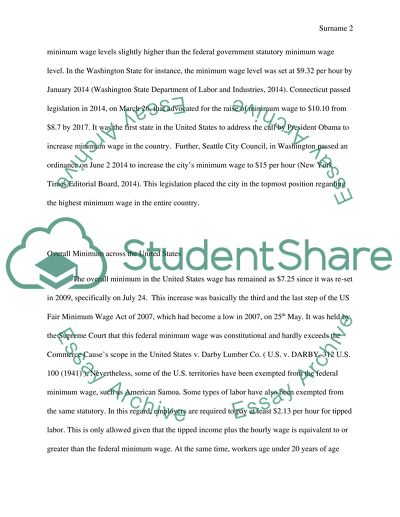Cite this document
(“Micro economics Term Paper Example | Topics and Well Written Essays - 1750 words - 1”, n.d.)
Retrieved from https://studentshare.org/macro-microeconomics/1666473-micro-economics
Retrieved from https://studentshare.org/macro-microeconomics/1666473-micro-economics
(Micro Economics Term Paper Example | Topics and Well Written Essays - 1750 Words - 1)
https://studentshare.org/macro-microeconomics/1666473-micro-economics.
https://studentshare.org/macro-microeconomics/1666473-micro-economics.
“Micro Economics Term Paper Example | Topics and Well Written Essays - 1750 Words - 1”, n.d. https://studentshare.org/macro-microeconomics/1666473-micro-economics.


